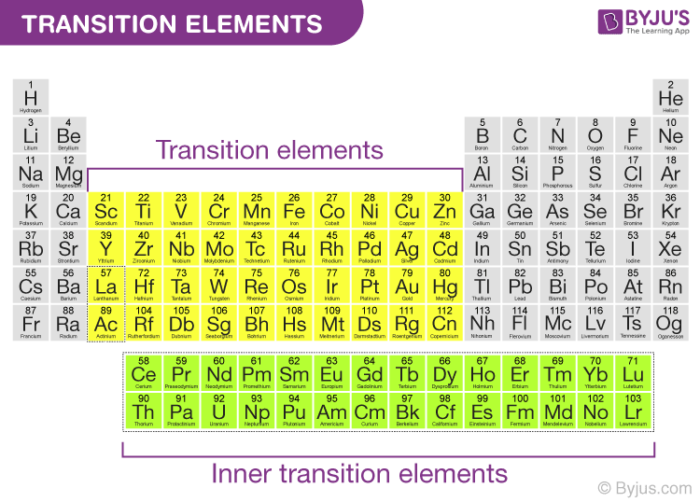Ionisation Enthalpy:
Ionisation enthalpy is the energy required to remove the most loosely bound electron from the isolated gaseous atoms to produce a cation.
What are Transition Elements?
Transition elements (also known as transition metals) are elements that have partially filled d orbitals. IUPAC defines transition elements as an element having a d subshell that is partially filled with electrons, or an element that has the ability to form stable cations with an incompletely filled d orbital.
If we are talking about transition elements then the ionisation enthalpy transition elements tend to increase from left to right in the periodic table as there is an increase in nuclear charge which accompanies the filling of the inner d orbitals. However, there are some exceptions, for example, Titanium (22) has the first ionisation enthalpy of 656 kJ/mol whereas vanadium (23) has the first ionisation enthalpy of 650 kJ/mol.

These irregular trends in the first ionisation enthalpy of transition metals can be explained by considering the fact that the removal of one electron alters the relative energies of 4s and 3d orbitals. Hence, in general, we can conclude that the uni positive ions furnish dn configuration with no 4s electrons. Thus, there is reorganisation energy accompanying ionisation with some gains in exchange energy as the number of electrons increases from the transfer of s electrons into d orbitals. Let us analyse the general trend in the first row:
First ionisation enthalpies of transition elements show a general trend of increase from left to right. However, in the case of chromium (24), the change in the value of the first ionisation enthalpy is lower as there is no change in d orbital configuration whereas, zinc (30) shows a higher value as it represents an ionisation from the 4s level.
The second ionisation enthalpy for Cr and Cu is quite higher as the d5 and d10 configuration of Cr and Cu ions gets disrupted whereas, the value for Zn is correspondingly low as the ionisation consists of the removal of an electron which allows the production of the stable d10 configuration.
The trend in third ionisation enthalpy doesn’t involve 4s orbitals and thus there is a greater difficulty for the removal of an electron from Mn2+ (d5) and Zn2+ (d10) ions. Thus, we see a marked difference between the third ionisation enthalpies of iron (26) and manganese (25).
For a detailed discussion on ionisation enthalpies of transition elements, register with BYJU’S.


Comments